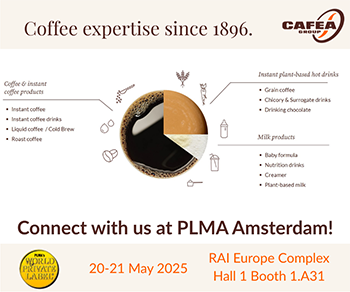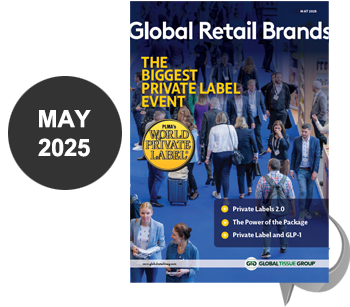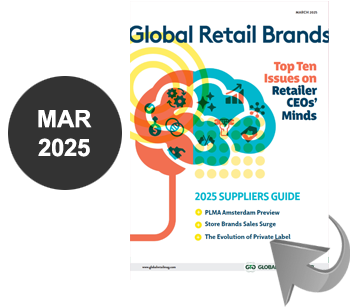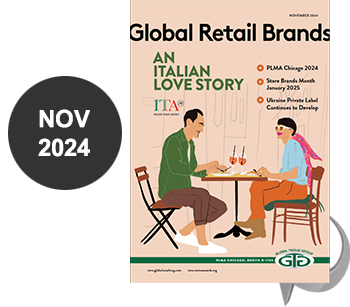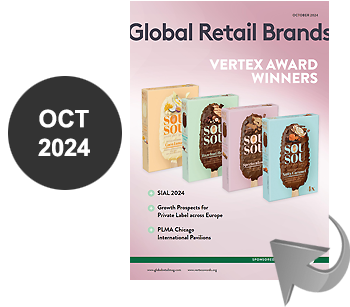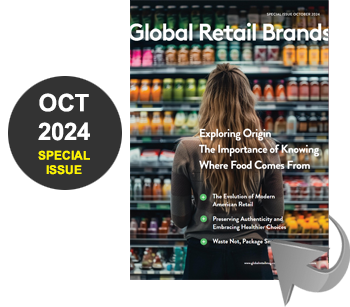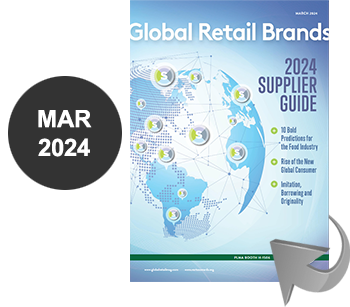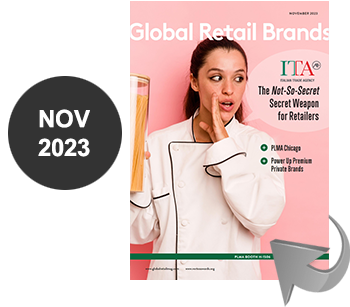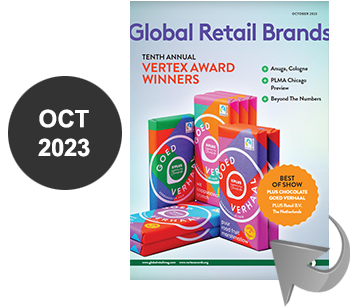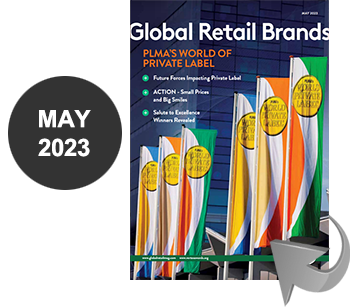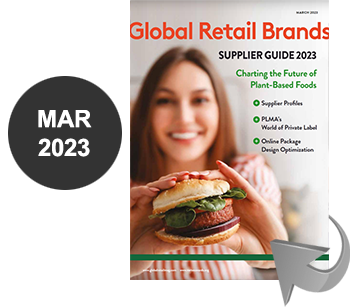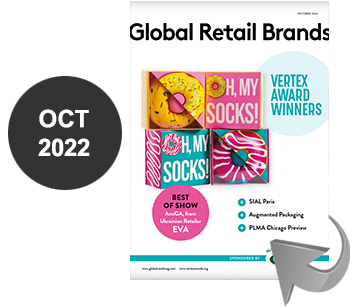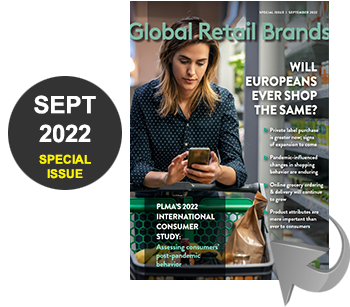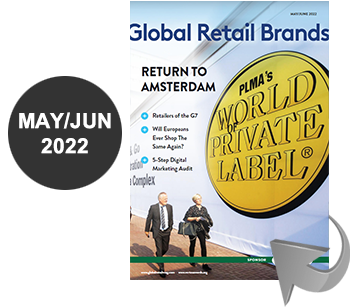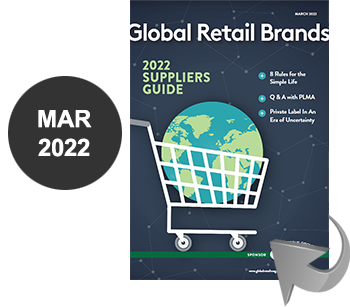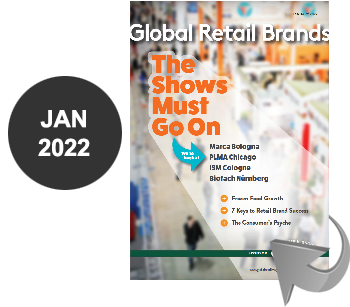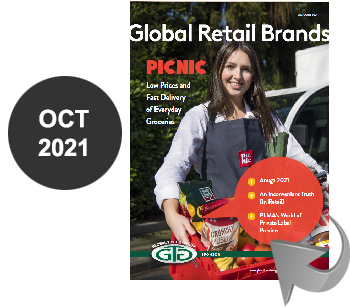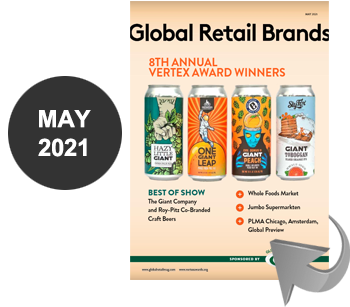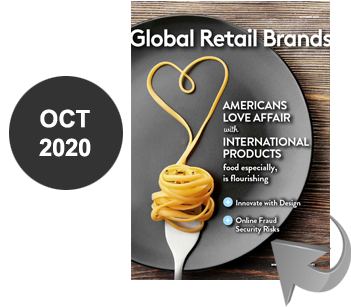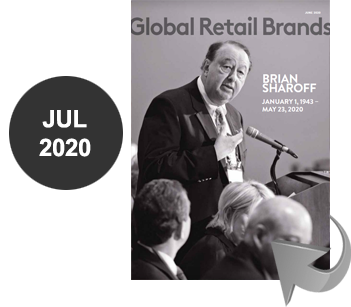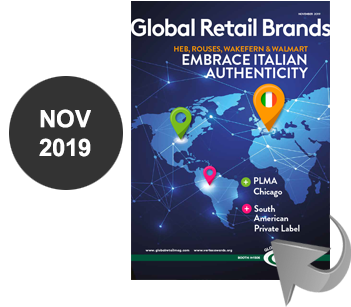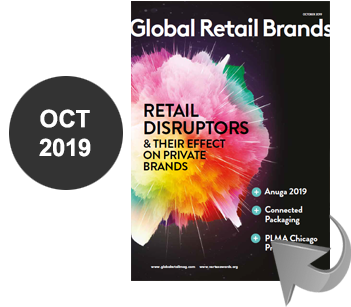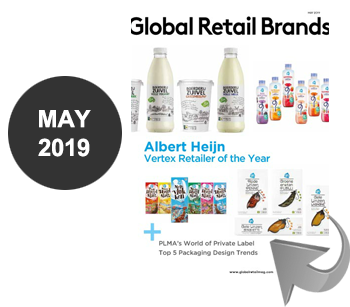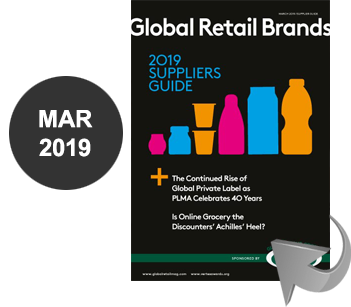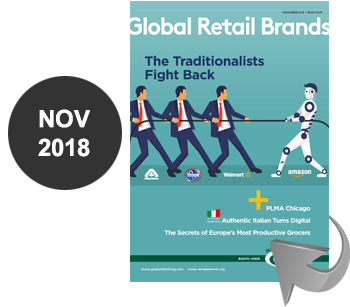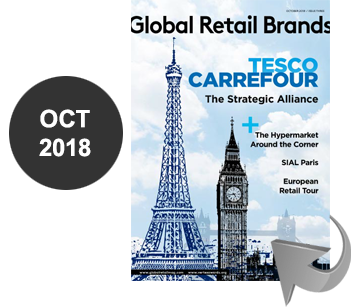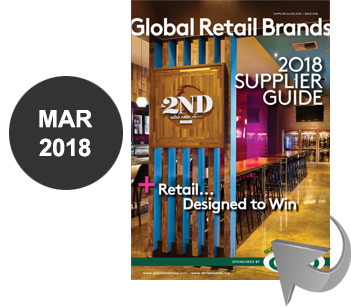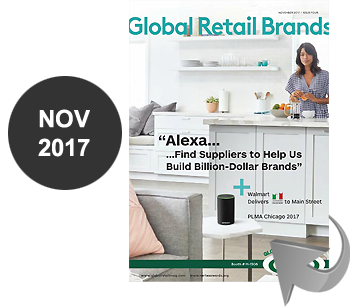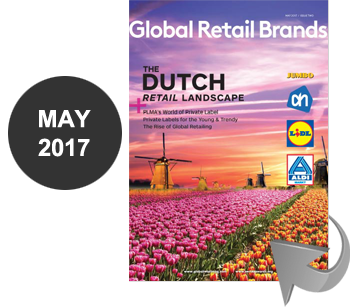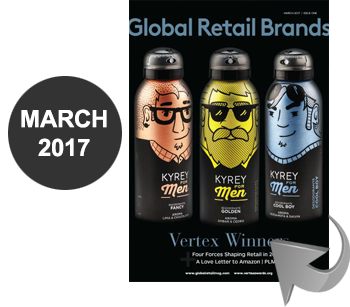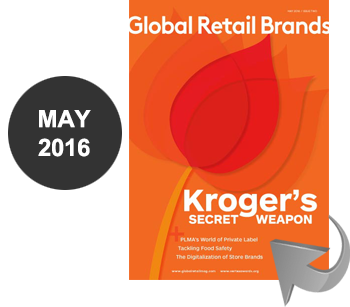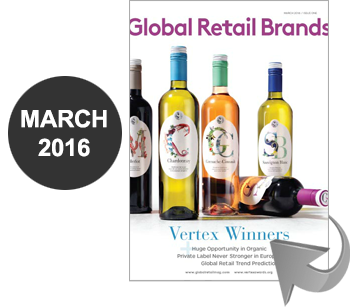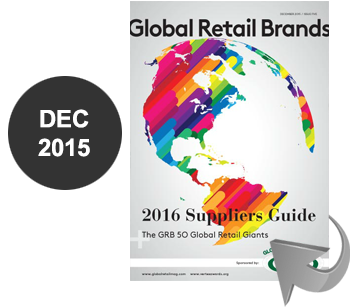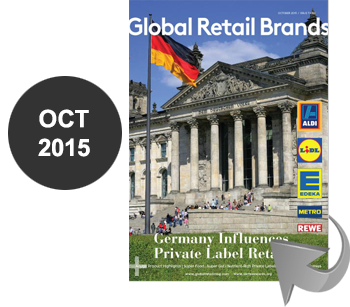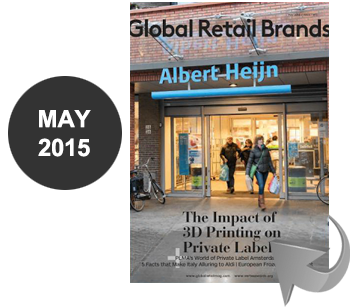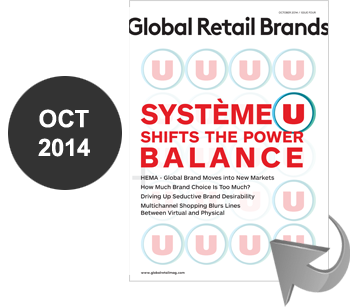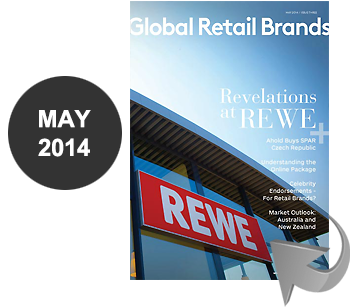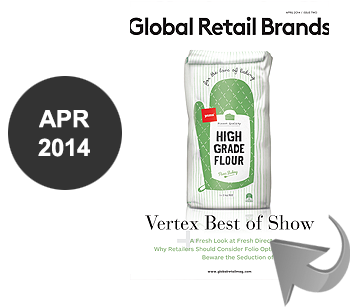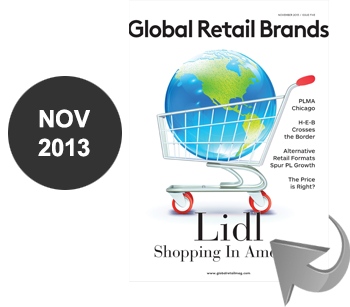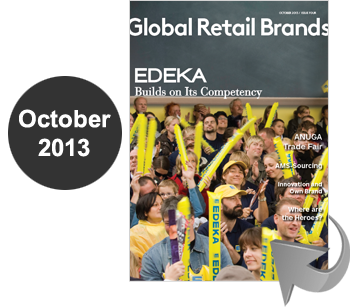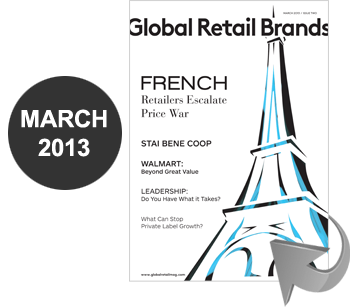 By / Bruce Levinson, Vice President, Client Engagement at SGK
By / Bruce Levinson, Vice President, Client Engagement at SGK
The current EU and pending U.S. FDA regulations for more detailed and prominent nutritional information on food and beverage packaging is being driven by an increasing desire for clarity. This clarity will help to ensure that food is safe and makes product recalls more efficient. And, importantly, improved labels help consumers make more informed decisions about the food they buy. In doing so brands can create stronger relationships with their consumers, with or without the regulations forcing their hand.
Consumers today are putting unprecedented pressure on food and beverage brands through their ability to collect, compare and demand information. Manufacturers must embrace this trend to sustain their own businesses. Smart companies are already reconsidering their own labeling and packaging philosophies to better address consumer desires for honest and clear nutrition information – in advance of the pending government regulations.
Certain food categories have successfully cultivated information-based relationships with their customers that show the inherent power of clarity. Coffee is a good example. It’s not just the vast brand choice available both at-home and on-premise, but there are so many variables from country of origin to harvesting practices to caffeine content, etc. Starbucks, for one, has built a reputation on making the consumer a partner in this information providing much more information about their coffee than they are required to do.
As the consumer becomes more invested in the nutritional content of the food they eat, they also become wary of claims that may sound healthy but aren’t. There is an increasing cynicism over claims such as “Made with whole wheat” versus the healthier “100% whole wheat.” Brands should recognize where they have a legitimate health story and where they are offering puffery, which could ultimately be exposed.
Another interesting development is that consumers are buying not just on the basis of what ISN’T in a product – for example, fat or carbs or cholesterol (looking for a “0%” on the nutrition label) but of what IS in the product. There is a greater importance on nutritional density and key, simple ingredients we need for a healthy diet. In this regard a number of recent brands of natural juices and granola bars are simply stating their ingredients – often a list of a few whole foods we all recognize – in plain view and in stark contrast to processed brands.
These dynamics all point to smart brands leveraging the new consumer demands to strengthen their claims – and perhaps their formulations and packaging – not because government regulations will force them, but because this is what the new consumer desires. Wise brand owners don’t mistake regulations for marketing plans or messaging strategies. Instead, they know that regulations are merely a springboard toward clarity, transparency and a more profitable relationship for both the consumer and the brand.
If you would like additional information or resources regarding the impending label change, please visit Schawk’s Label Central for up-to-date news and insights. www.schawk.com/label-central/new-nutrition-label
Bruce Levinson is Vice President, Client Engagement at SGK, a leading brand development, activation and deployment company that drives brand performance. Bruce is a passionate architect of brand strategy and is highly experienced in translating consumer insights and client needs. His experience helps clients meet market and regulatory demands while driving brand initiatives domestically and internationally. His previous positions include director-level marketing roles at Unilever in the US and UK, and as an advertising account executive. www.sgkinc.com


